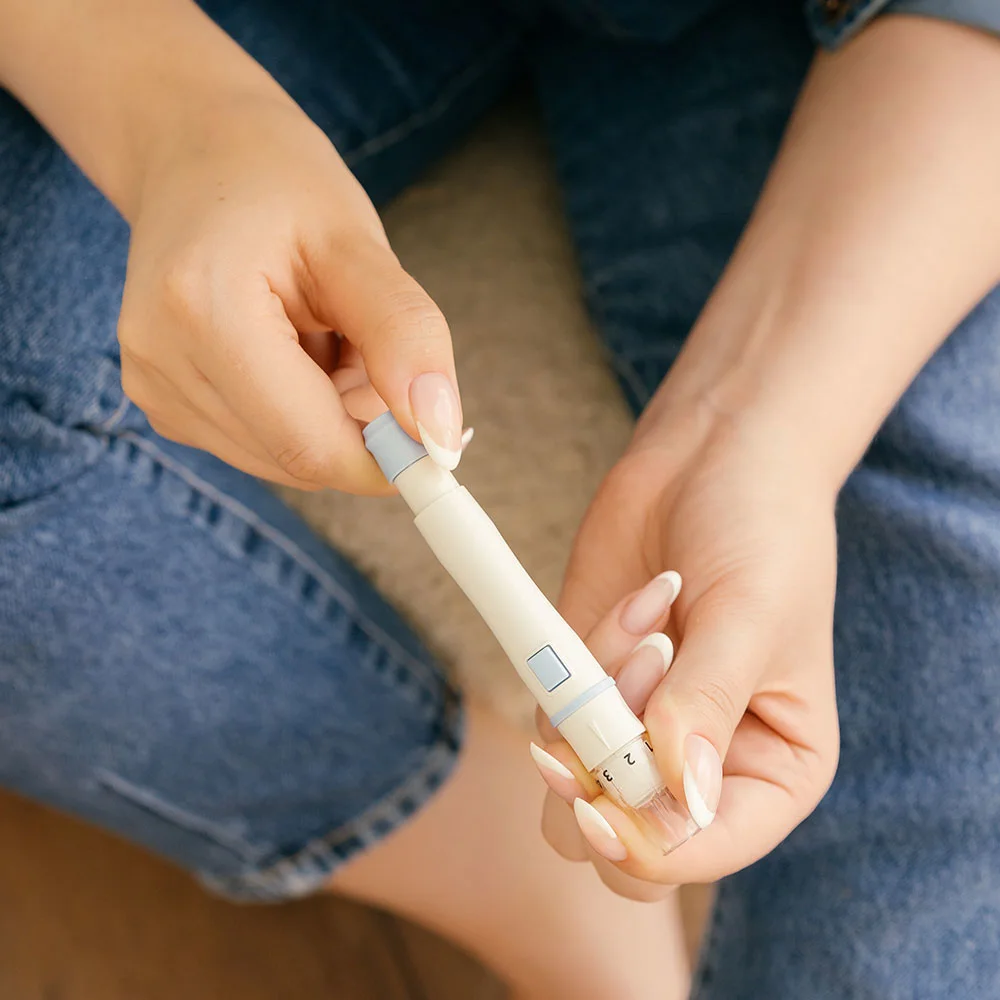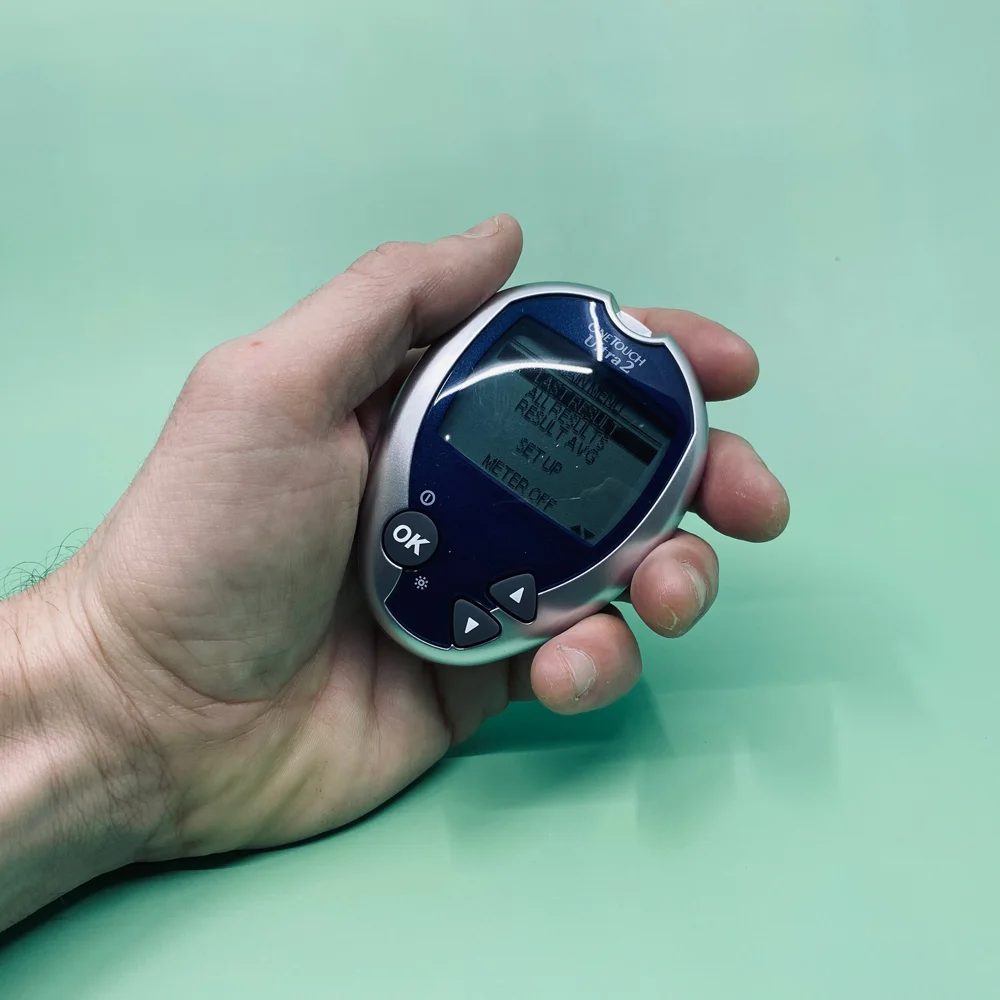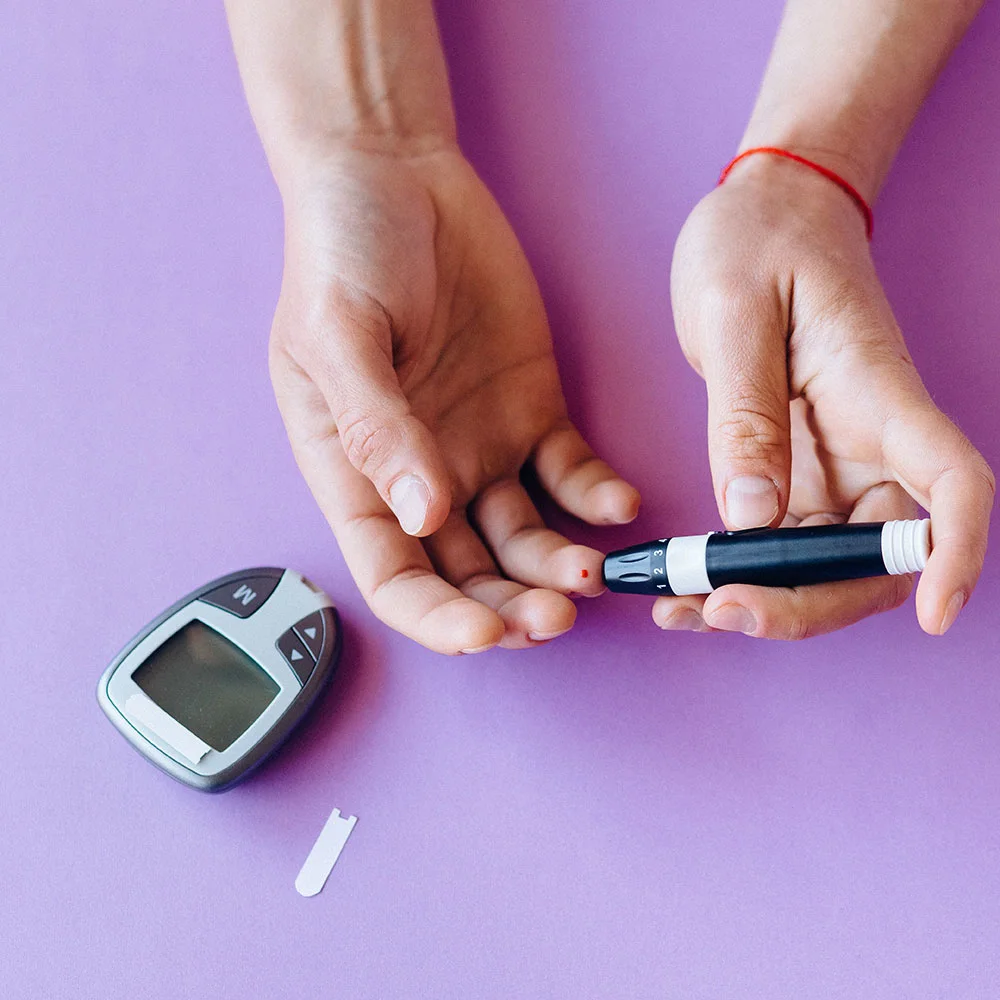Here's what we'll cover
Here's what we'll cover
Here's what we'll cover
Glucose is a type of sugar and is one of the primary fuels of the body. It provides our cells with the energy they need to do their jobs and stay alive. As such, every single person has glucose flowing in his or her blood. Normally, blood glucose levels are tightly controlled by hormones in the body, such as glucagon and insulin. However, in a few conditions - most notably in diabetes - blood sugar levels are uncontrolled and require treatment.
The oral glucose tolerance test (OGTT) is one type of blood test that checks blood glucose levels in the body. It can be used to screen for type 2 diabetes, gestational diabetes (diabetes that is brought on by pregnancy), and prediabetes. “Glucose tolerance” refers to how well your body processes glucose (sugar) after being given a measured dose orally. Other tests that can be used for screening include the fasting plasma glucose test (fasting blood glucose test), the random plasma glucose test, and the hemoglobin A1C test.
The American Diabetes Association (ADA) recommends screening for diabetes and prediabetes every three years in all adults who are:
Considered overweight or obese (body mass index > 25)
Who have one or more additional risk factors for diabetes
Asian Americans with a body mass index > 23 who have one or more additional risk factors for diabetes
The ADA also recommends screening overweight and obese adults without additional risk factors beginning at age 45. On the other hand, the United States Preventive Services Task Force recommends screening all overweight and obese individuals ages 40-70 for abnormal blood glucose levels.
The OGTT is done in several steps. These steps differ depending on whether the test is being used to screen for type 2 diabetes or gestational diabetes.
Using the oral glucose tolerance test to screening for type 2 diabetes
Screening for type 2 diabetes takes a little over two hours.
In the days leading up to the test, you should continue to eat your typical diet. You should also discuss with your healthcare provider if there are any medications you are taking that may interfere with the results of the test (for example, corticosteroids).
At least eight hours before the test, you should begin fasting. Fasting means you do not eat or drink anything except for water. Because you are fasting, this test is typically done in the morning. If you do ingest something within 8 hours of the test, your healthcare provider will not know how to interpret the results.
When the test begins, a blood sample is drawn to check your fasting blood sugar level.
You are given an oral dose of glucose. This typically comes as a syrupy glucose solution that you drink. In the United States, a dose of 75g of glucose is typically given.
After two hours have passed, a second blood sample is drawn to check your blood sugar level.
When the results are available, your healthcare provider interprets them.
Test results of the OGTT as a screen for type 2 diabetes can be interpreted as the following:
2-hour blood sugar level <140 mg/dL is considered normal
2-hour blood sugar level 140-199 mg/dL indicates you may have prediabetes (sometimes referred to as impaired fasting glucose)
2-hour blood sugar level ≥200 mg/dL indicates you may have diabetes
For a diagnosis to be made, the test needs to be repeated on another day shortly afterward, which yields similar results. Alternatively, a diagnosis can be confirmed using one of the other screening tests. A single abnormal OGTT is not sufficient for the diagnosis of diabetes or prediabetes.
Using the oral glucose tolerance test to screening for gestational diabetes
It is recommended that women who are 24–28 weeks pregnant get screened for gestational diabetes, which is diabetes that occurs during pregnancy. While some use the 2-hour OGTT, the American College of Obstetricians and Gynecologists recommends the following steps be done:
You do not need to fast before the test.
You are given a 50g dose of glucose orally.
After one hour has passed, a blood sample is drawn to check your blood sugar level.
When the results are available, your healthcare provider interprets them. Depending on your results, you may or may not need to progress to the next step. Different institutions have different cutoff levels. You may be told that your results are normal, that your results are sufficient for a diagnosis of gestational diabetes, or that you need to proceed to the three-hour OGTT.
If you proceed to this step, you undergo a three-hour OGTT during which a 100g dose of glucose is given, and additional blood samples are drawn.
When the results are available, your healthcare provider interprets them. Elevated levels can be diagnostic for gestational diabetes without needing to repeat the test on a different day.
What are the advantages and disadvantages of the oral glucose tolerance test?
One advantage of the OGTT is that in most populations, it is a more sensitive test than the fasting plasma glucose test and the hemoglobin A1C test (UpToDate, 2019). This means that the OGTT test is better at identifying some people who have diabetes that the other tests may miss. The test can also be adjusted depending on whether it is being used to screen for type 2 diabetes or for gestational diabetes. However, one limitation with screening for gestational diabetes is that different institutions use different cutoff values for diagnosis.
The main disadvantage of the OGTT is the inconvenience of the test. When you are being screened for type 2 diabetes, preparing for the test requires at least 8 hours of fasting. Additionally, the test is guaranteed to take at least two hours. Another issue is that a single test cannot confirm a diagnosis. To be diagnosed with diabetes or prediabetes, you need to return to your healthcare provider on a different day to repeat the test, or you have to have one of the other diabetes screening tests performed.
DISCLAIMER
If you have any medical questions or concerns, please talk to your healthcare provider. The articles on Health Guide are underpinned by peer-reviewed research and information drawn from medical societies and governmental agencies. However, they are not a substitute for professional medical advice, diagnosis, or treatment.
References
UpToDate. (2019). Clinical presentation, diagnosis, and initial evaluation of diabetes mellitus in adults. Retrieved from https://www.uptodate.com/contents/clinical-presentation-diagnosis-and-initial-evaluation-of-diabetes-mellitus-in-adults












